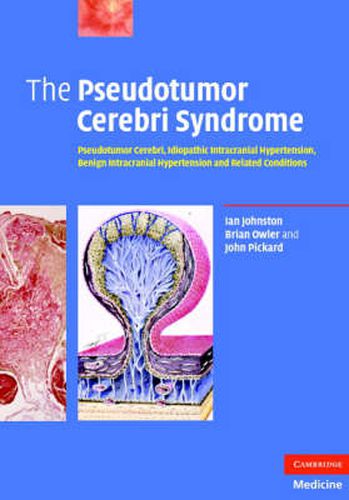Readings Newsletter
Become a Readings Member to make your shopping experience even easier.
Sign in or sign up for free!
You’re not far away from qualifying for FREE standard shipping within Australia
You’ve qualified for FREE standard shipping within Australia
The cart is loading…






The condition known most widely as pseudotumor cerebri syndrome is of diagnostic interest and clinical importance not just to neurosurgeons, but also to neurologists, ophthalmologists and headache specialists. Variously called idiopathic intracranial hypertension, benign intracranial hypertension, and other names over the century or so since it was first recognised, the authors argue for the grouping of all these conditions under the name of pseudotumor cerebri syndrome on the basis of a common underlying mechanism - an impairment of CSF absorption due to abnormalities at the CSF/venous interface. The book reviews the development of ideas around some of the more contentious issues and deals in depth with aetiology, investigative findings and strategies, treatment and outcome, and in the concluding chapter, considers the possibility of establishing an experimental model to facilitate analysis of the unresolved issues, and pointing the way to a more complete understanding of this controversial condition.
$9.00 standard shipping within Australia
FREE standard shipping within Australia for orders over $100.00
Express & International shipping calculated at checkout
The condition known most widely as pseudotumor cerebri syndrome is of diagnostic interest and clinical importance not just to neurosurgeons, but also to neurologists, ophthalmologists and headache specialists. Variously called idiopathic intracranial hypertension, benign intracranial hypertension, and other names over the century or so since it was first recognised, the authors argue for the grouping of all these conditions under the name of pseudotumor cerebri syndrome on the basis of a common underlying mechanism - an impairment of CSF absorption due to abnormalities at the CSF/venous interface. The book reviews the development of ideas around some of the more contentious issues and deals in depth with aetiology, investigative findings and strategies, treatment and outcome, and in the concluding chapter, considers the possibility of establishing an experimental model to facilitate analysis of the unresolved issues, and pointing the way to a more complete understanding of this controversial condition.